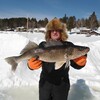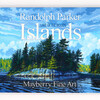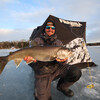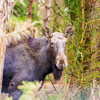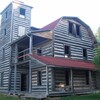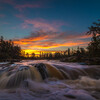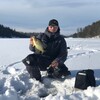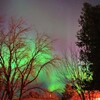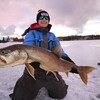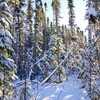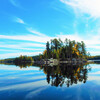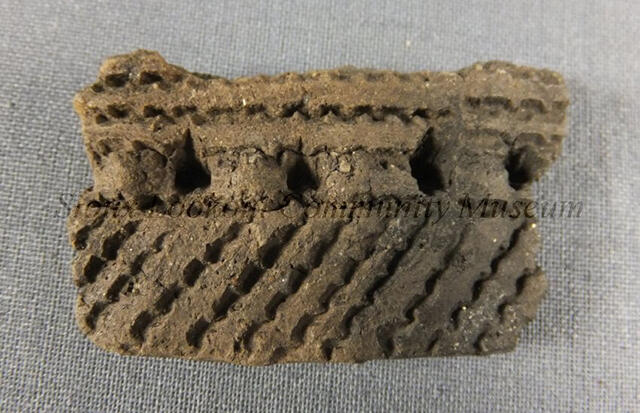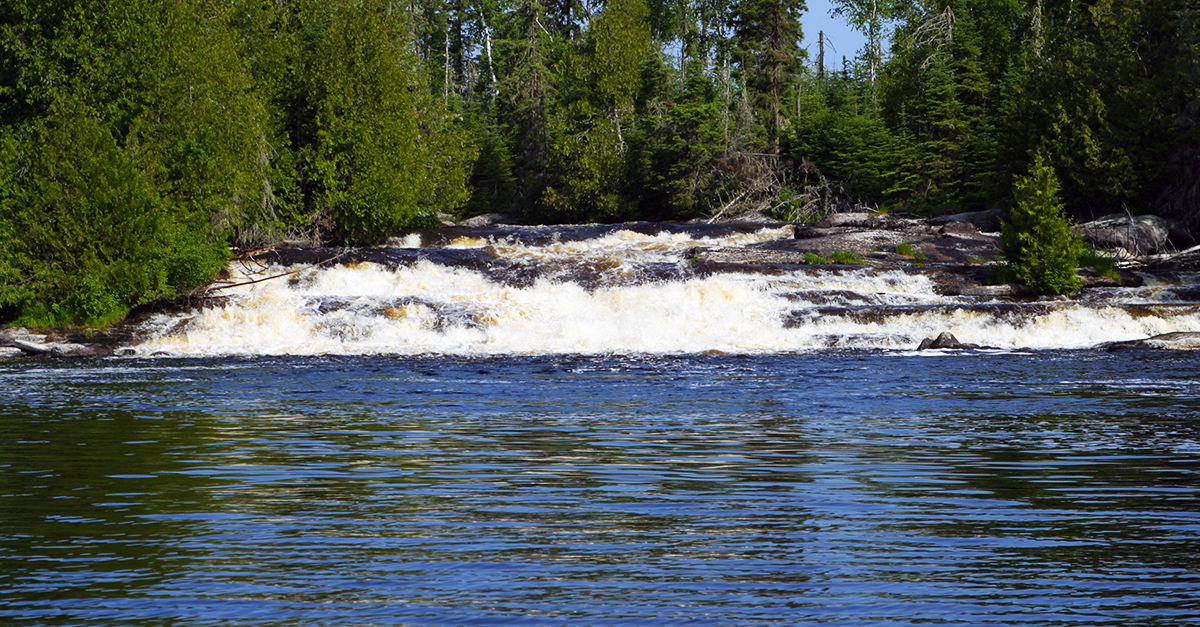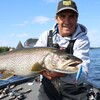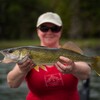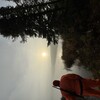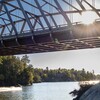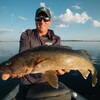7 Interesting Facts about Sioux Lookout
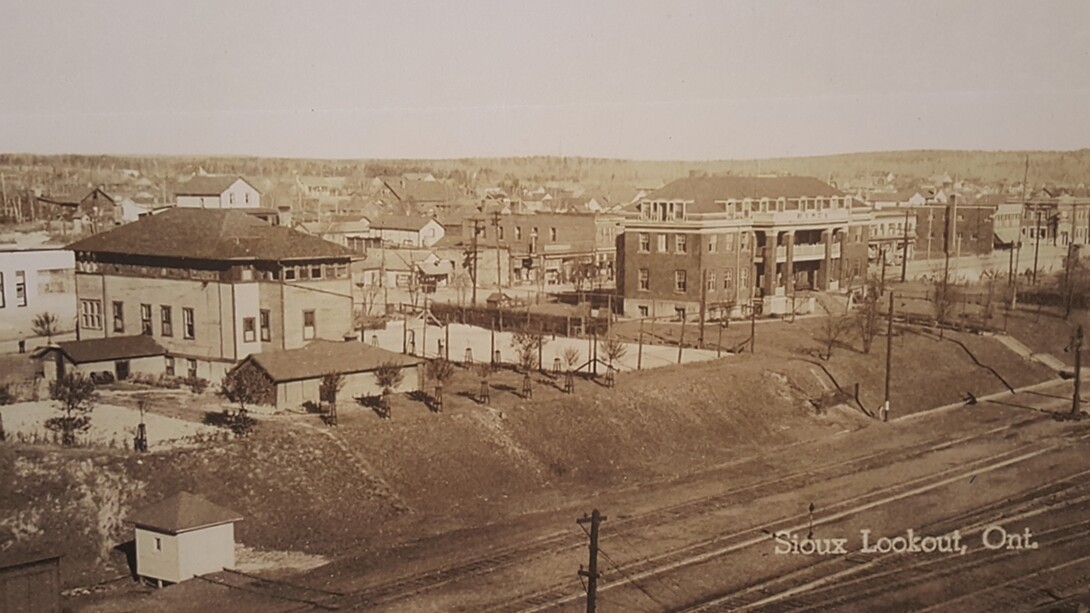
1. Sioux Lookout's prehistory dates back over 8,000 years
10,000 years ago, most of continental North America was frozen over. When the glaciers started to melt circa 6,000 BCE, the area that we know today as Sioux Lookout slowly became free of ice. Vegetation then began growing from the thawed ground and attracted migrating animals such as caribou and moose. It's believed that early settlers and hunters followed soon after.
There is scientific evidence that supports the migration of early humans to the Sioux Lookout. Charcoal, culturally modified tools, and early pottery were discovered around the area during excavations. Using carbon dating, researchers have found that the charcoal dates back around 8,100 years. There was also cooked food residue on the pottery, particularly corn, and is estimated to be around 800-1,200 years old. This provides evidence that people have been travelling and living throughout the Sioux Lookout area for around 8,000 years.
Visitors can learn more about the town's history at the Sioux Lookout Museum in the Sioux Lookout Heritage Railway Station, located at 53 Front Street.
2. Its lakes converge from channels all over the world
It's believed that the reason early settlers chose the Sioux Lookout Area is that it's a natural waterway that connects every corner of the western continent. People from the area could have travelled in any direction using its lakes and rivers with the aid of only a few portages. From Lac Seul, travellers could venture west to the Columbia River, east to the Gulf of St. Lawrence, south to the Gulf of Mexico, or north to the Arctic Channel or Hudson's Bay.
Sioux Lookout history notes that an early traveller by the name of Edward Umfreville went on a journey through Northwestern Ontario in search of a passage to the West. According to an entry in his log book dated 1784, Umfreville met three Indigenous men travelling through one of the passages to Albany Fort. One of them was a Chief from Lac Seul. This encounter illustrates the vast reach of the northern waterway. Lac Seul and Sioux Lookout acted as a natural hub for travellers as well as a cultural interaction, making it a viable place to establish a solid footing in the northern wilderness.
3. Sioux Lookout is A hub for the Canadian National Railway
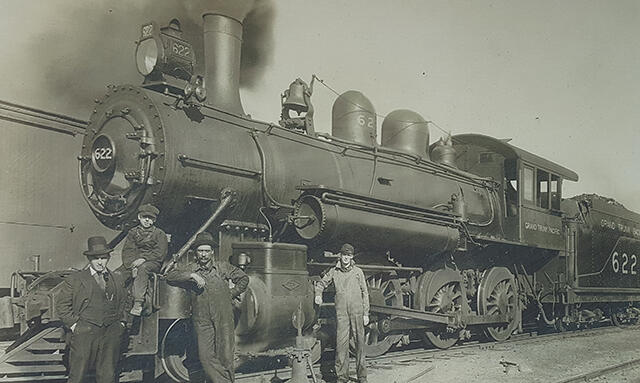
In the early 1900s, the main method of transportation through the northern backwoods was to travel via train. Constructed by the Grand Trunk Pacific Railway in 1911, the Sioux Lookout Heritage Railway Station, formerly the Graham Station, was one of the largest built in Northwestern Ontario. Sioux Lookout was selected by the company because of its location—it acted as a hub that fed rail lines throughout Ontario, transporting goods and people and became one of the primary sources of economic growth in the northwest. The station was added to the CN Line and was an essential part of Sioux Lookout's infrastructure until the 1960s when permanent roads were built. Today, the station is undergoing an overhaul and is home to the Sioux Lookout Museum where you can take an in-depth look and discover the history of this northern jewel.
4. It was the site of the first tourist fishing in Northwestern Ontario
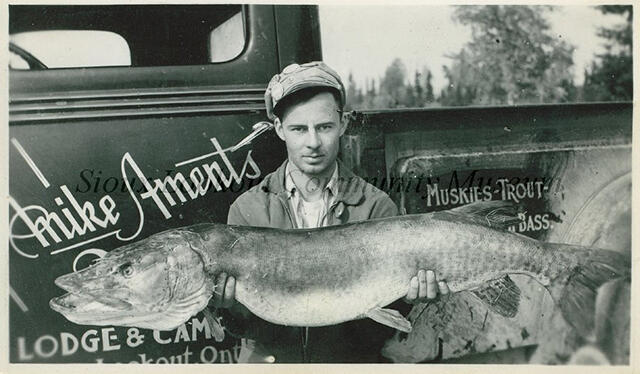
Fishing has always played a major role in Northern Ontario's culture. In 1928, Mike Ament, also known as the "Father of Tourism" in Sioux Lookout, established Kenneally Lodge near Little Vermillion Lake and quickly became internationally renowned for his guiding and services. Guests would arrive in Hudson, Ontario on the CN Line and then travel via horse and buggy to the grounds. The cost of staying at the lodge in the early 50s was $4 per day for four people ($7 if the guests chose American Plan). Guided tours were available for $8 per day in a Peterborough Speedster with a 10 H.P. motor.
His largest contribution to the tourism industry was the introduction of smallmouth bass into Little Vermillion Lake. In 1931 and 1932 he introduced 32 parent bass, 14 and 18 respectively, from his dock into the lake. Since the late 30s, these highly sought-after game fish have been caught in lakes as far as the English River as well as Lac Seul. His actions were integral to the fishing industry in the north and the smallmouth species continue to be caught near Sioux Lookout to this day.
5. the Ministry of Natural Resources was established here
In the 1840s, two departments existed in Northwestern Ontario. One was responsible for surveying and mapping lands while the other took care of allocating land for farming and road development. Following massive fires which destroyed over 2 million acres of forest in the early 1920s, the two departments set out an action plan to prevent forest fires and eventually converged into the Ministry of Natural Resources. Shortly following its establishment, the MNR set up a base in Sioux Lookout as part of its firefighting initiative.
On top of aiding in the prevention of forest fires in Ontario, the MNR has set out to educate people in both land and lake regulation and preservation. In the mid-1960s, nearly 250,000 pounds of fish had been removed from northern lakes. The MNR worked to establish regulations for fishing which to this day helps preserve Ontario's ecosystem. The Ministry has played a key role in maintaining the strength of tourism in Ontario and wouldn't exist if not for their footings in Sioux Lookout.
6. It was one of the destinations for the North American Royal Visit
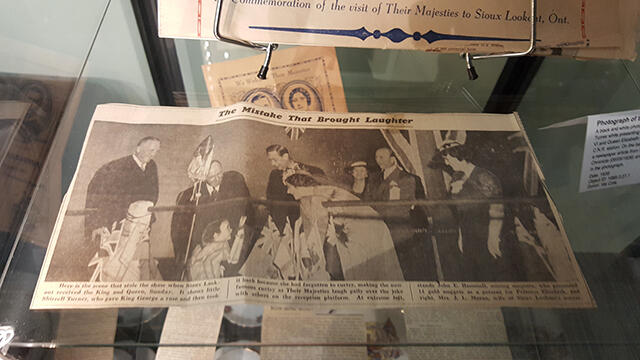
Two years after his ascension to the throne, King George VI and Queen Elizabeth, the Queen Mother, embarked on a journey to visit the western continents. Apart from the expected stops in large cities such as Ottawa and Montreal, the king and queen sought to place smaller, rural communities on their itinerary of sightseeing. They travelled on the CN line, which took them from coast to coast. Canadians by the thousands headed out in the darkness of the night just to be graced by a glimpse of the train that carried the king and queen. On June 4, 1939, the train carrying George VI and the Queen Mother arrived in Sioux Lookout—and nearly the entire population gathered to greet them. History was made that day when a young girl by the name of Shirrell Turner provided a rose to the king but quickly took back her gift as she had forgotten to curtsy before greeting him. Many laughs were had and the event even made national news as the royals continued their trip through Canada.
7. Sioux Lookout was an early aviation hub
Since the dawn of modern planes, bush flying and small airlines have been a northern necessity for transporting goods and people all across Ontario. One of the most common names in flights among northerners is Bearskin Airlines. The company was founded in 1963 by John Heglund, and is essential for connecting northern communities. In 1977, Bearskin began flying regularly scheduled routes which took passengers between Sioux Lookout and Big Trout Lake. One year later, a base was established in Sioux Lookout and began scheduling flights to Thunder Bay. Over the last 50 years, Bearskin has narrowed the gap between communities, with over 100 daily departures to 18 northern destinations. Earlier in history, the Elliot Brothers, who owned and operated an airplane parts manufacturing company in the heart of Sioux Lookout, were responsible for crafting the aircraft skis that made Admiral Byrd's famous Polar Expedition possible.
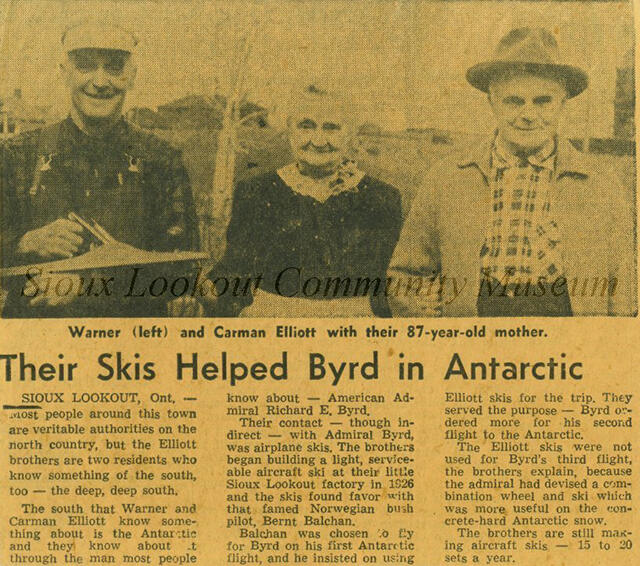
Plan your visit to Sioux Lookout today
Sioux Lookout is a place where much of Canadian history was made. To this day, the town remains a busy Northern Ontario hub, as well as a place of cultural richness. Thanks to the hard work of devoted volunteers who continue to put together the pieces of its lore so that all Canadians can remember the value of our small northern communities.
Want to know more about Sunset Country? Visit our Facebook Page for updates.
Recommended Articles

Is the 1,400 Kilometre Drive to Northwest Ontario For a Fishing Trip Worth it?
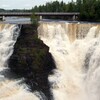
8 must-see waterfalls

6 Ways to Get Your 10,000 Steps This Fall

Top 5 Reasons You Should Be Fishing in Morson, Ontario

Discover The Winnipeg River

Enjoy Sunset Country's Fall Colours on Your Next Road Trip

Fishing in the Fall?

6 Reasons to Book a Fall Vacation to Sunset Country

10 Reasons to Avoid Ontario’s Sunset Country

Heading Across Canada?

A Guide to Sunset Country Museums
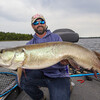
The Promised Land: Best Muskie Fishing in Ontario

Fall Fishing Tips
5 Essential Boreal Experiences in Ontario's Sunset Country

5 Obscure Facts About Northwestern Ontario: Were You Aware of These?

Great Food in Relatively Unknown Places
Outdoor Medicine

A Guide to Bringing Your Pets on Vacation to Canada

There's more than just fishing in the Red Lake Region

5 Amazing Sights You Can Only See By Boat

Going Fishing in Canada?

Going fishing in Ontario?

Outdoor Adventure in Ontario's Northern Paradise
Planning A Family Fishing Trip to Canada

Tips from a Fishing Legend


